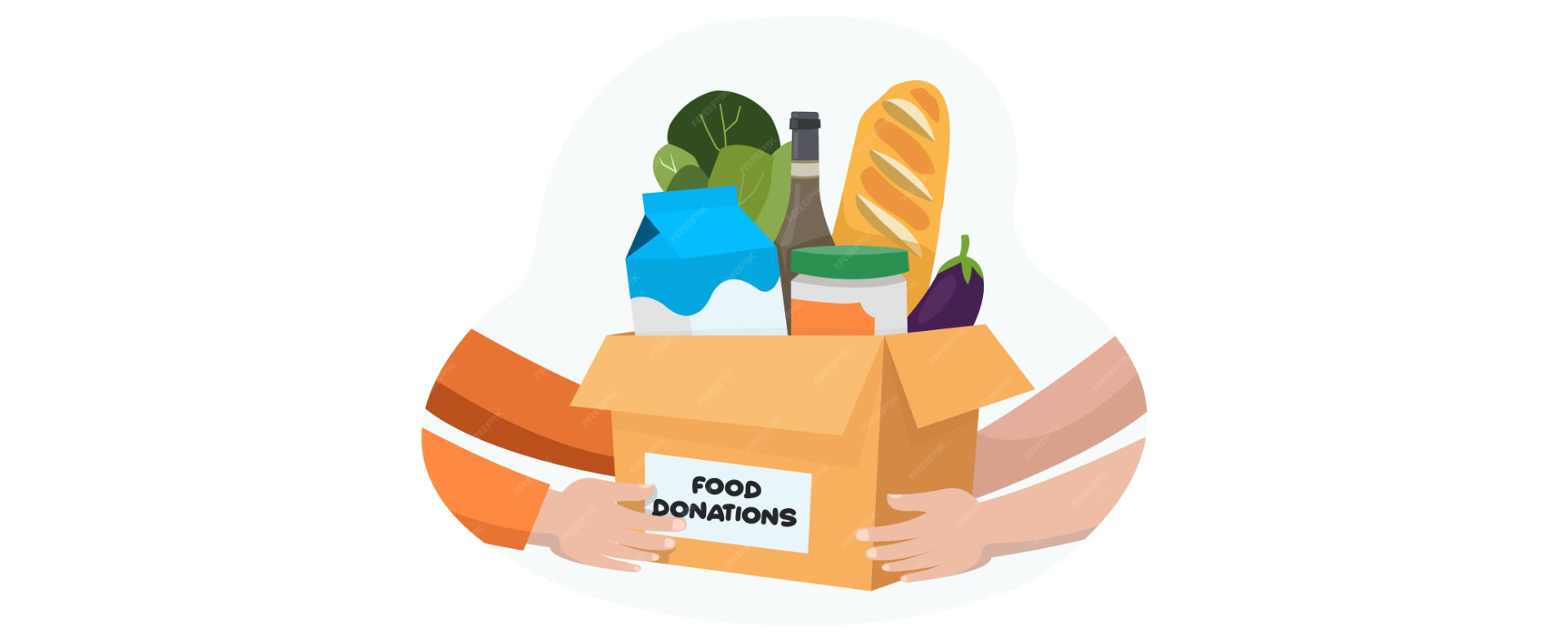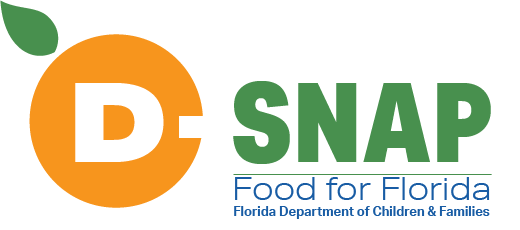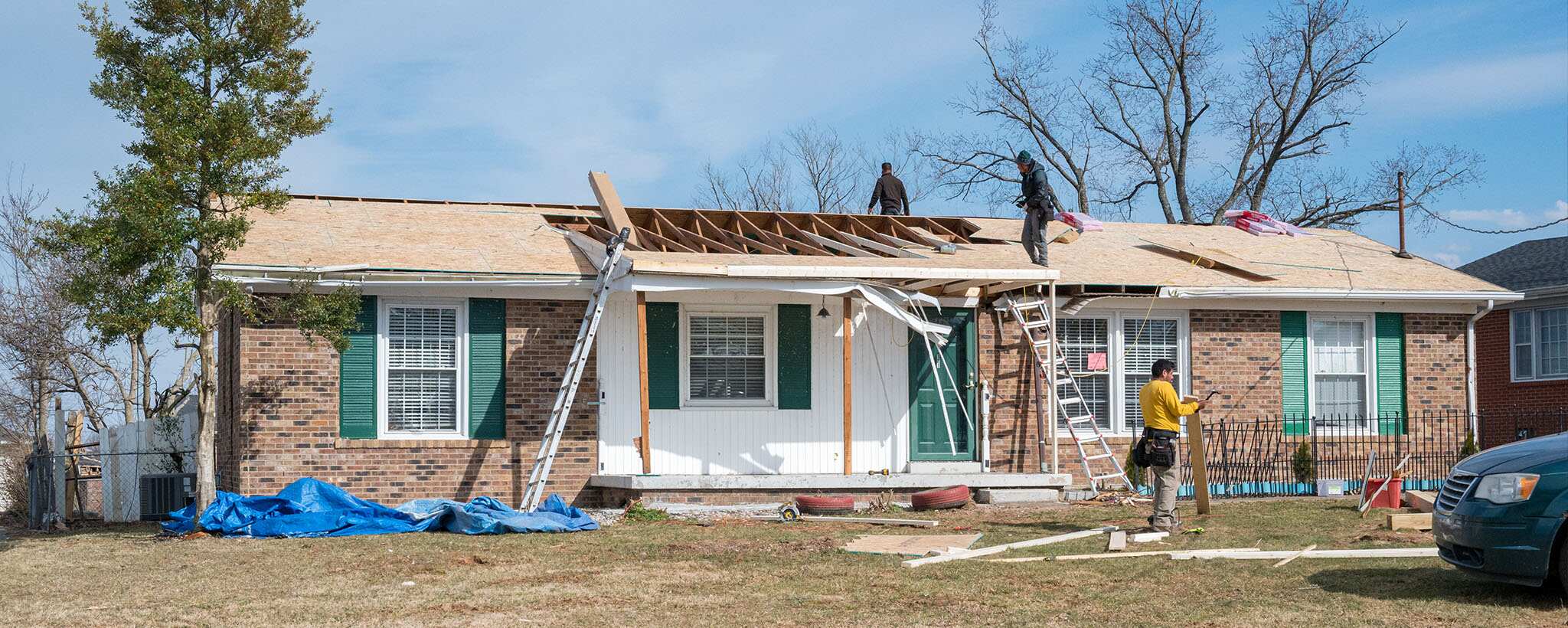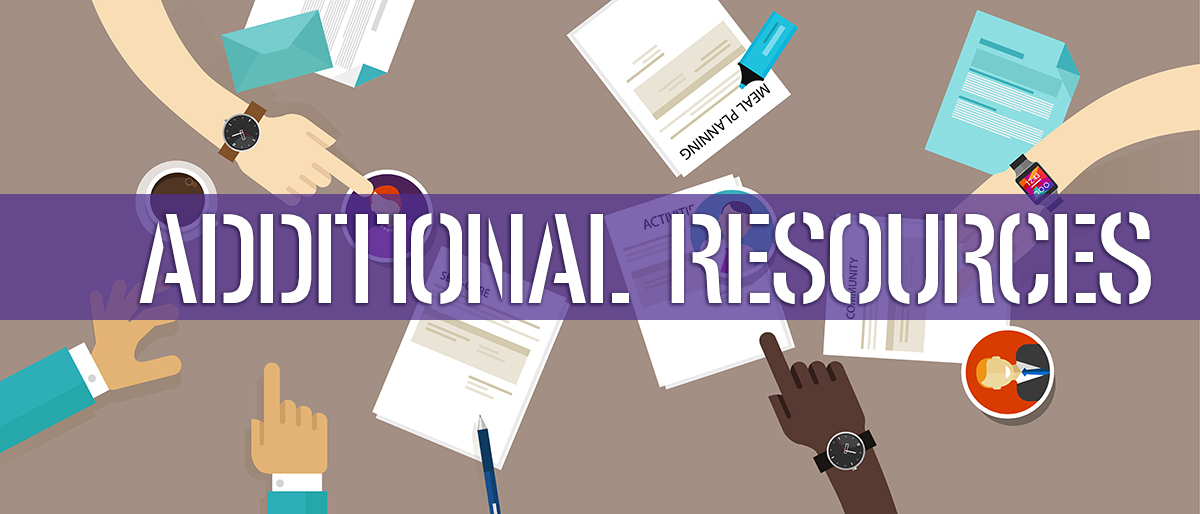Accessing Disaster Food Assistance: A Guide
When disaster strikes, it leaves more than just physical destruction. The aftermath can severely disrupt access to basic needs, including food. For many facing this harsh reality, finding a reliable source of nutrition becomes a critical challenge.
Recognizing this issue is the first step toward accessing vital assistance.
Remarkably, even if you aren’t eligible for regular food assistance programs, you might still qualify for disaster food aid designed specifically for such difficult times.
This guide delves into navigating the maze of the Disaster Supplemental Nutrition Assistance Program (D-SNAP) and other crucial resources that offer a lifeline when traditional systems fail.
Through clear explanations and practical advice, we’re here to help ease the burden of recovery by connecting you with essential support services post-disaster. So let’s dive in—and discover hope amidst havoc.
Key Takeaways
- To access Disaster Food Assistance (D – SNAP), you must meet specific eligibility criteria, including experiencing a household disaster or sudden loss of income due to a disaster. Familiarize yourself with the requirements for both regular SNAP recipients and those who do not receive regular SNAP benefits.
- When applying for D-SNAP, ensure all necessary documents, such as proof of identity, residency, and income, are ready. Be prompt in your application process to expedite assistance post-disaster.
- After receiving D-SNAP benefits, utilize the funds wisely by prioritizing long-term recovery needs like repairing homes and businesses. Create a budget specifically for purchasing essential food items and groceries while utilizing community resources such as food banks to stretch your assistance further.
- For additional resources and information regarding disaster food assistance, visit official government websites like DisasterAssistance.gov or contact the state’s SNAP hotline at 866-762-2237 for specific details on eligibility and operations.
Qualifying for Disaster Food Assistance

To qualify for Disaster Food Assistance (D-SNAP), individuals must meet specific eligibility criteria, including experiencing a household disaster or sudden loss of income due to a disaster.
Requirements differ for those who do not receive regular SNAP benefits and those who already receive them. Understanding these requirements before applying for D-SNAP is important to ensure that you meet the necessary qualifications.
Eligibility criteria
Disaster food assistance can help you save money when tough times hit. Finding out if you can get this help involves some steps.
- You must live in an area with a Presidential disaster declaration. This means the President said your area faced a major disaster.
- Your home or belongings were damaged or lost due to the disaster. For example, if a flood destroyed your fridge full of food, that counts.
- A loss of income might be part of your situation. Maybe you could not work because the disaster closed your business.
- Power outages for hours might mean not keeping food frozen or cool.
- Not everyone gets regular SNAP benefits, but they might still qualify for D – SNAP after a disaster.
- The rules are different if you already get SNAP benefits. You may get extra support quickly after disasters.
- Officials look at how much money and stuff you have to see if you qualify. They check both income and things like savings accounts.
- Some people need more help because they care for children or elderly relatives. Officials consider this, too.
Requirements for those who do not receive regular SNAP benefits
After learning about the eligibility criteria, let’s discuss what you need if you’re not already getting regular SNAP benefits. The Disaster Supplemental Nutrition Assistance Program (D-SNAP) steps in to help when a disaster hits. Here are the key things you should know:
- Proof of Identity: You must show who you are. A driver’s license or other official ID works well.
- Home in Disaster Area: Your home must be where the disaster happened.
- Income Check: You’ll need to tell them how much money you make and show proof, like pay stubs or a letter from your boss.
- Disaster Effects: Tell them how the disaster hurt your money or home, such as repairs or lost work hours.
- Spending Summary: Share how much cash on hand and savings you have right now; disasters can change this quickly.
- Receipts or Estimates: Bring any bills or estimates for fixing your home to show what you need to pay for.
- Applying Early Helps: Try applying as soon as possible after the disaster so that help can come faster.
Requirements for those who already receive SNAP benefits
If you already get help from SNAP, you might be able to get extra support after a disaster. This process is for people who want to stretch their dollars further during tough times.
- Check if your area has an “individual assistance declaration.” The government must say a disaster has hit your area.
- Watch for official announcements. Your local government or the SNAP office will tell you when D – SNAP starts.
- Report food lost in the disaster. You may need to let the SNAP office know what food you lost and how it happened.
- Keep your receipts. If you buy food with SNAP benefits after a disaster, hold onto your receipts just in case.
- Understand time limits. There will be a set number of days for you to ask for extra help.
- Use only approved stores. Spend your D – SNAP money at places that accept the EBT card.
- Stay honest about your needs. It’s important to tell the truth about what help you need so everyone gets fair treatment.
- Update personal info if needed. Ensure the SNAP office has your current address and phone number so they can reach you.
How to Apply for D-SNAP

To apply for D-SNAP, visit your local SNAP office or apply online through the official government website. Provide all necessary documents and personal information, such as proof of identity, residence, and income.
Once submitted, your application will be reviewed, and if approved, you’ll receive an EBT card loaded with disaster food assistance funds. Follow the steps provided and have all necessary documents ready to ensure a smooth application process.
Steps to apply
To apply for Disaster Food Assistance (D-SNAP), these are the steps:
- Visit the designated application site in your area. Look for information from your state agency on when and where to apply.
- Complete the application form. Provide accurate information and remember to sign it.
- Gather necessary documents such as proof of identity, residency, and income. This helps support your application.
- Submit your application at the designated site or online if pre-registration is available in your area.
Necessary documents
To access disaster food assistance, you will need to provide specific documents. These are important for the application process and include:
- Proof of identity, such as a driver’s license or state-issued ID card.
- Proof of residency, like a utility bill or lease agreement.
- Social Security numbers for all household members applying for assistance.
- Income verification, including pay stubs or an unemployment benefits statement.
Managing D-SNAP and Recovering from a Disaster

After receiving D-SNAP benefits, it’s essential to manage the funds wisely. Use the benefits of purchasing nutritious food and necessities while recovering from a disaster. Follow these tips to budget effectively and make the most of your assistance.
Proper usage of funds
Use D-SNAP funds for essential long-term recovery needs like repairing homes and businesses.
These funds should not be used for short-term expenses but to aid in lasting recovery after a disaster. Managing the money wisely and prioritizing it towards rebuilding your life and community is vital.
Remember that these funds are intended to support you during the difficult period following a disaster. Ensure every dollar is directed toward necessary recovery efforts, supporting your long-term well-being and financial stability.
Tips for recovering from a disaster
To ensure a smooth recovery from a disaster, managing the D-SNAP funds wisely is crucial. One important tip is creating a budget for purchasing essential food items and groceries.
This helps in prioritizing necessary expenses and prevents overspending. Additionally, consider buying non-perishable items in bulk when they are on sale; this can help save money in the long run while ensuring you have an adequate food supply.
Moreover, use community resources such as food banks and local assistance programs to obtain free or discounted groceries. Individuals and families affected by disasters can effectively stretch their food assistance funds by leveraging these options.
Considering the circumstances post-disaster, focus on preparing meals at home rather than eating out. Home-cooked meals are more cost-effective and allow better control over nutrition intake.
Additional Resources and Information

To access additional resources and information regarding disaster food assistance, individuals can visit the official government website of the Food and Nutrition Service. This secure website provides detailed information on the D-SNAP program, eligibility requirements, application procedures, and contact information for further inquiries.
Additionally, resources are available for emergency food and water assistance in a disaster. It is essential to stay informed about these resources to ensure proper access to support in times of need.
Government websites
If you need disaster food assistance, visit official government websites like DisasterAssistance.gov. You can find help from the Food and Nutrition Service (FNS) for nutrition aid during a crisis.
FEMA provides individual assistance programs for disaster survivors, and Florida Disaster Nutrition Assistance has useful links for additional information.
Remember that SNAP benefits can be applied online through ACCESS HRA or by visiting HRA’s SNAP page for more details. These websites offer essential resources and contact information if you’re seeking emergency food and water assistance after a disaster.
Contact information for D-SNAP
When looking for contact information for D-SNAP, it’s essential to connect with the state’s SNAP hotline at 866-762-2237. This hotline provides specific details on eligibility and operations, ensuring you have access to the most accurate and up-to-date information regarding disaster food assistance.
Additionally, individuals can reach out by calling 2-1-1 to be connected with local resources for further guidance about disaster food assistance in their area. These connections can serve as valuable sources of support and information when navigating the process of accessing D-SNAP benefits.
Available resources for emergency food and water assistance
In times of crisis, accessing emergency food and water assistance can relieve financial strain. Here are the available resources to help you save money:
- Disasterassistance.gov: This official government website offers information on safe food handling practices, access to assistance, and safe water procurement after a disaster.
- The Food and Nutrition Service: Provides nutrition assistance to those significantly affected by natural disasters or emergencies.
- D-SNAP (Disaster Supplemental Nutrition Assistance Program): Offers short-term funds for purchasing food in presidentially declared disaster areas.
- EFSP (Emergency Food and Shelter Program): A FEMA-funded program providing aid to those affected by disasters authorized by the McKinney-Vento Homeless Assistance Act.
- Disaster Food Assistance Program: Offers eligibility requirements and other food resources for those impacted by disasters.
- USDA Foods Disaster Assistance: Allows organizations aiding in disasters to request food and nutrition assistance through state agencies running USDA’s nutrition assistance programs.
Conclusion
In conclusion, accessing disaster food assistance is crucial for those affected by emergencies. Whether through government programs like D-SNAP or FEMA support, help is available. Managing resources wisely and seeking out additional assistance can aid in recovery.
By utilizing the information provided and contacting relevant agencies, individuals can ensure access to vital food resources during challenging times. Remember, applying for disaster food assistance doesn’t have to be overwhelming; resources and support are available to guide you through the process.
FAQs

1. What is SNAP for disaster food help?
SNAP stands for Supplemental Nutrition Assistance Program. After disasters, people can buy food with an electronic benefits transfer (EBT) card.
2. Where can I find official information about getting food stamps during a disaster?
You should go to an official government organization website with https:// for secure info on getting food stamps through SNAP in tough times.
3. Can the EBT card be used right away for buying food after a disaster?
Yes, once you get your electronic benefits transfer (EBT) card and it’s activated, you can use it like money to buy food.
4. Does the government give any help with funeral costs from Covid-19?
The government offers COVID-19 funeral assistance, which helps pay for funerals if someone dies because of Covid-19. This is different from the SNAP program.

